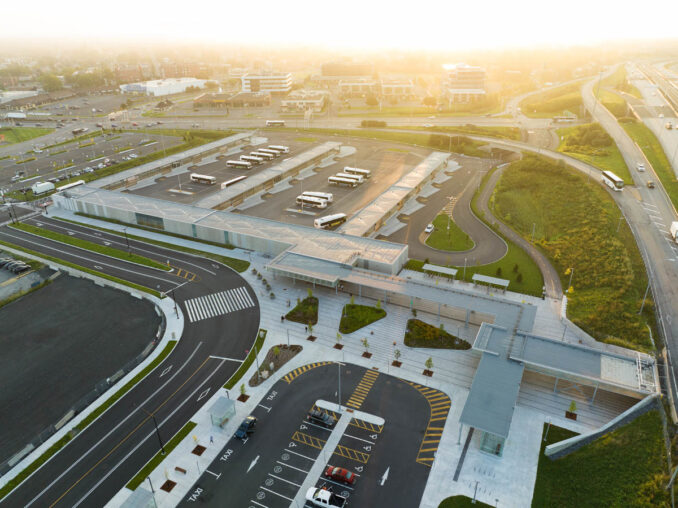
The consortium of Lemay, Bisson Fortin, and Perkins&Will introduce their design of 4 stations for the inaugural Rive-Sud line of the Réseau express métropolitain (REM), a project that is transforming the Montreal cityscape. With a scale not seen since the city’s first Metro line began operations in 1966, the REM will be one of the longest automated light metro systems in the world once fully completed, doubling Montreal’s world-class network by 67 kilometers.
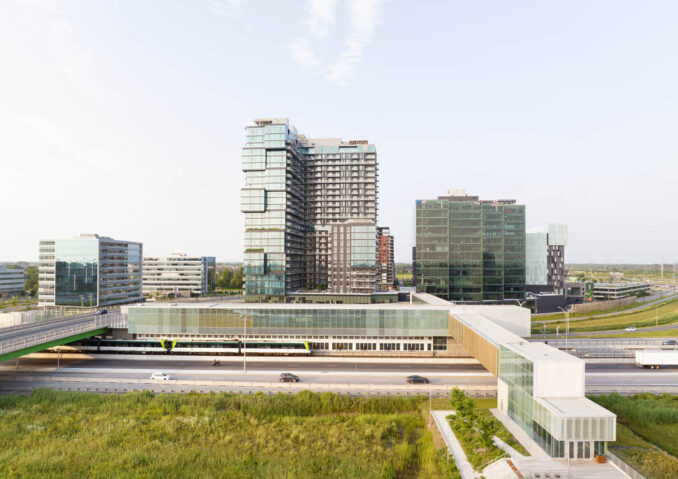
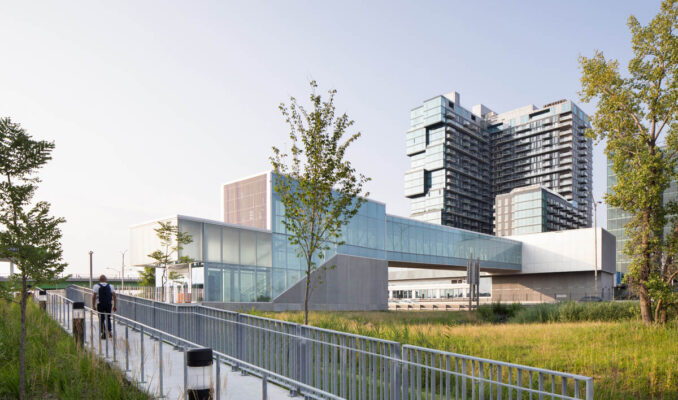
One look at the consortium’s design of 4 of the 5 REM stations, spanning over 15km, provides a glimpse of the entire 26-station REM system to come: Its versatile, modular design offers a prescient look as its now-established stations represent an agile activation of Montreal’s future in sustainable public transportation, while providing a new gateway to exploring the city.
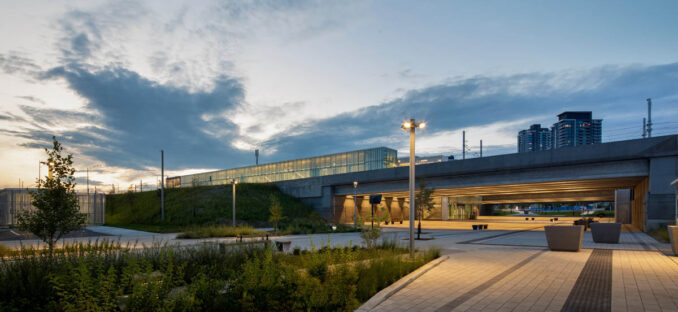
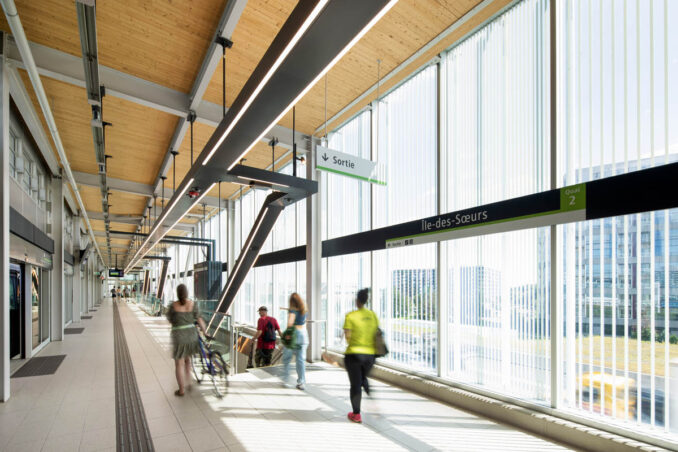
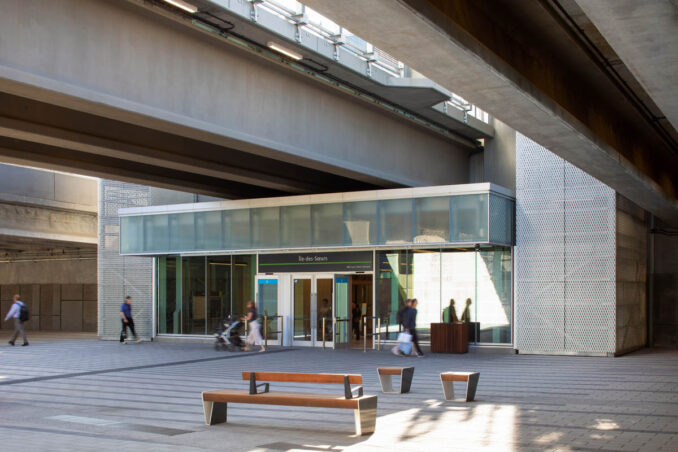
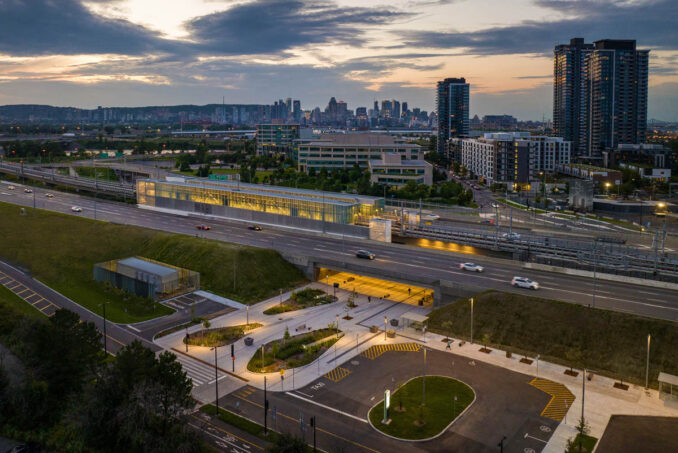
What was once envisioned by the consortium years prior is now a living experience of surprise and delight. The Rive-Sud line presents a new sequencing to Montreal’s urban landscape, where passengers can uncover new perspectives between accessible, bright, open, and environmentally sensitive stations, landscapes, and entrance plazas. Additionally, each station features a unique local identity that embodies transparency, movement, and natural materials through an impactful blend of architectural, landscape, interior, and urban design.
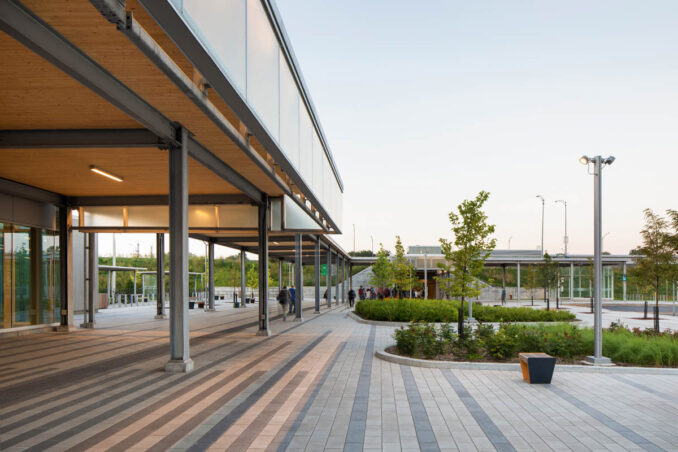
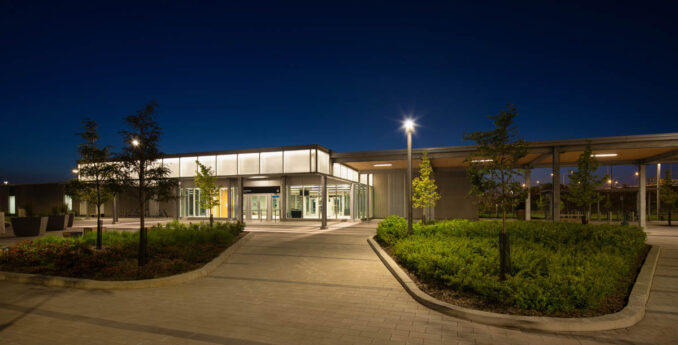
Integrated into their surrounding urban, industrial, and natural landscapes, each REM station is created from a standardized set of adaptable modular components, allowing optimal functionality and adaptability. They are designed to be woven into their own unique geographic challenges and environmental contexts, from crossing highways with panoramic views to diving below ground, all to achieve synchronicity with the city’s transportation systems.
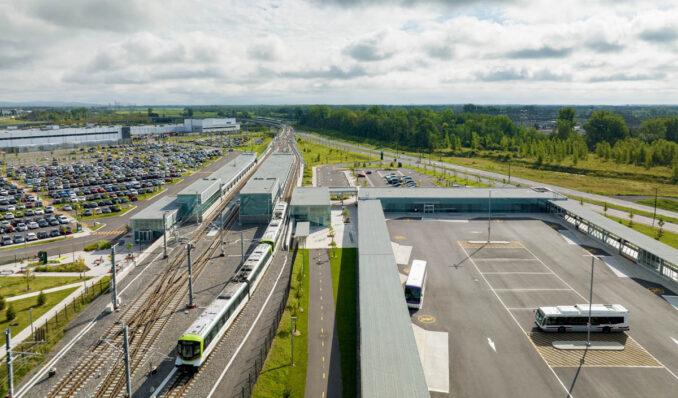
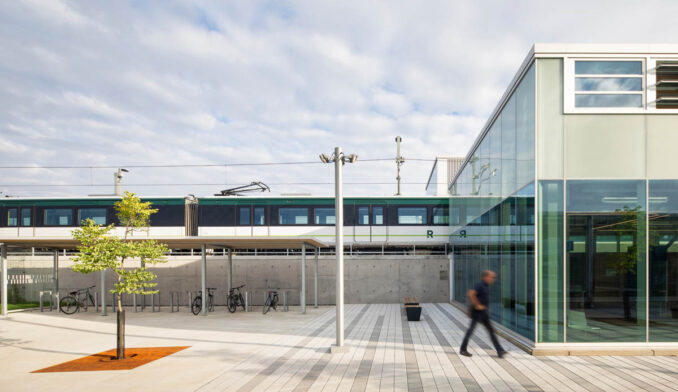
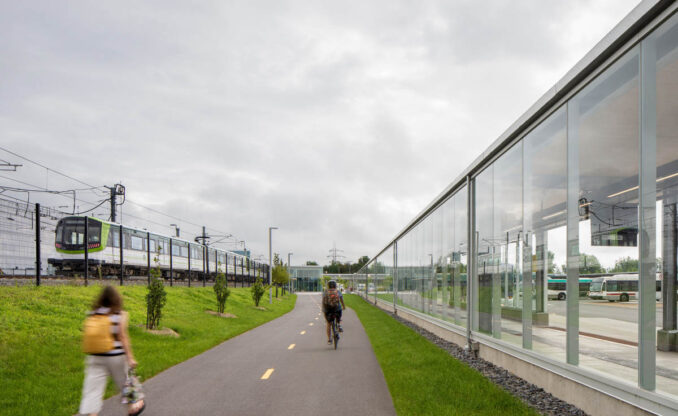
Wherever they are, the stations’ enriching qualities remain the same: Their open forms are filled with natural light and prominently feature wood. Strong vertical and horizontal lines give rhythm to every locale and evoke a sense of movement. Transparent glass adds forms for maximized interior and exterior views and an enhanced sense of security.
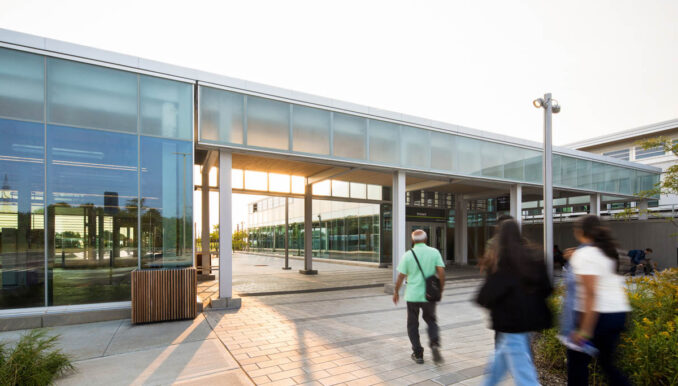
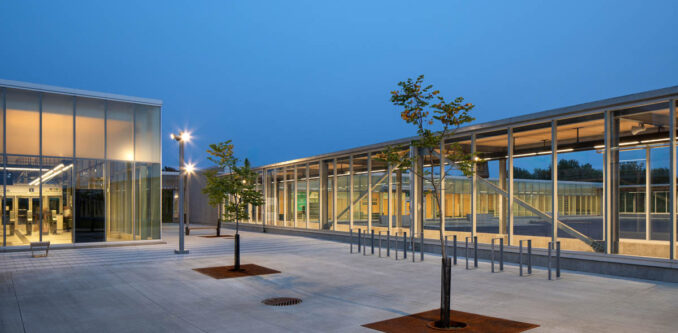
The stations’ landscape architecture is designed to support each site’s biodiversity by integrating sustainable strategies such as rainwater management and vegetation to reduce heat island effects. Protecting and intensifying green corridors, each public plaza, multi-use path, and station entrance connect to their surrounding neighbourhoods, integrating with communities while benefiting the health and well-being of all life around them.
Réseau Express Métropolitain
Landscape architecture: Lemay
Architecture: Lemay, Bisson Fortin, Perkins&Will Consortium
Mechanical, electrical and structural engineering: SNC-Lavalin / Stantec
Civil engineering: SNC-Lavalin / Aecom/Stantec
Acoustic specialists: SNC-Lavalin
Regulations: Technorm
General contractor: SNC-Lavalin, Dragados Canada, Aecon Quebec Group and EBC (in consortium under the name NouvLR)
Photo Credits: Adrien Williams
